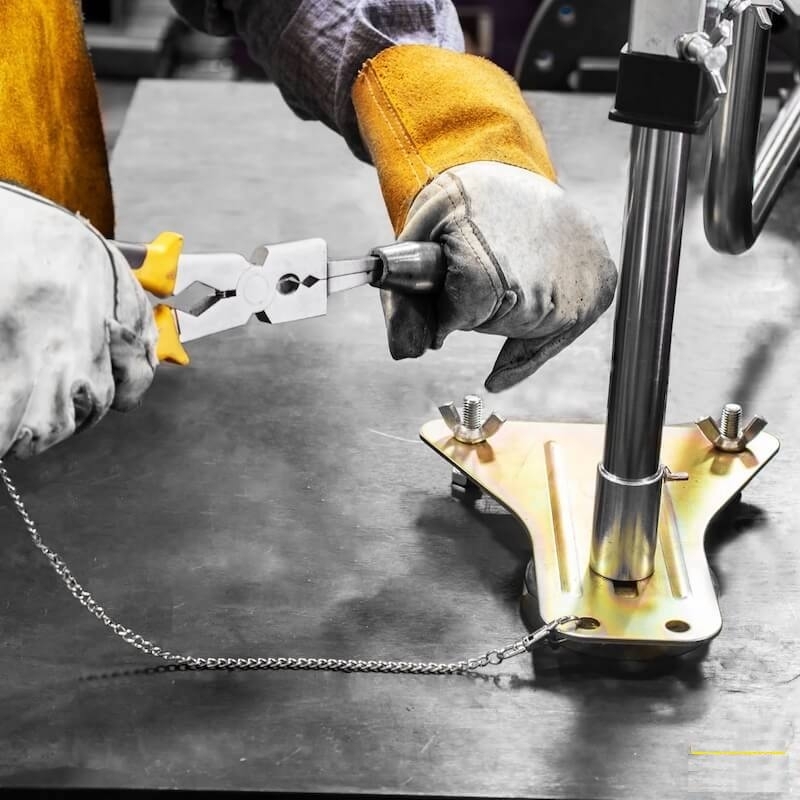POSTE À SOUDER Multi Combiné MIG/MAG/MMA IGBT/inverter 160A Silex® 160 A 230 ... EUR 307,72 - PicClick FR

Amazon.fr :Commentaires en ligne: Poste à souder Multi Combiné MIG/MAG/MMA IGBT/inverter 160A Silex® (160 A, 230 V, Écran LED, Hot Start, IGBT, Câble de 3m)

Pack poste à souder 2en1 MIG/MAG/MMA IGBT/inverter 160A Silex + cagoule de soudure 100 KNO : Amazon.fr: Bricolage

Amazon.fr :Commentaires en ligne: Poste à souder Multi Combiné MIG/MAG/MMA IGBT/inverter 160A Silex® (160 A, 230 V, Écran LED, Hot Start, IGBT, Câble de 3m)

Poste à souder Multi Combiné MIG/MAG/MMA IGBT/inverter 160A Silex® (160 A, 230 V, Écran LED, Hot Start, IGBT, Câble de 3m) : Amazon.fr: Bricolage

Poste à souder 2en1 MIG/MAG/MMA IGBT/inverter 160A + chariot avec 4 tiroirs de transport Silex® - Brico Privé

















